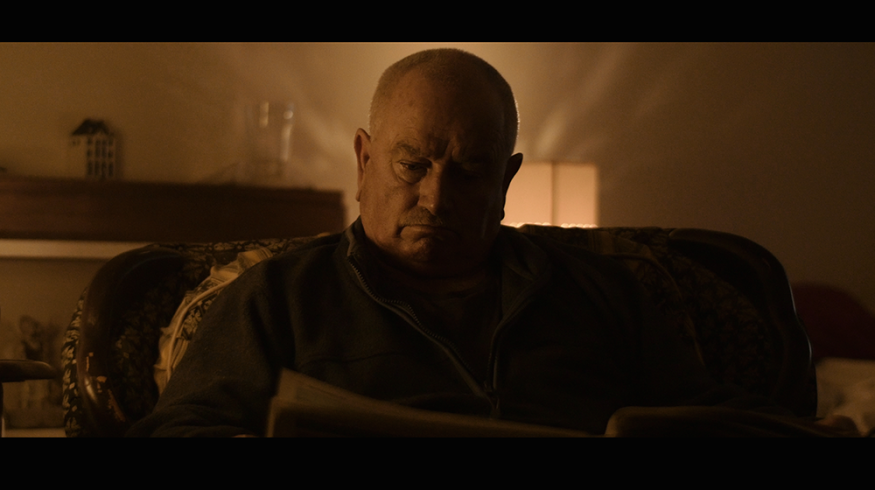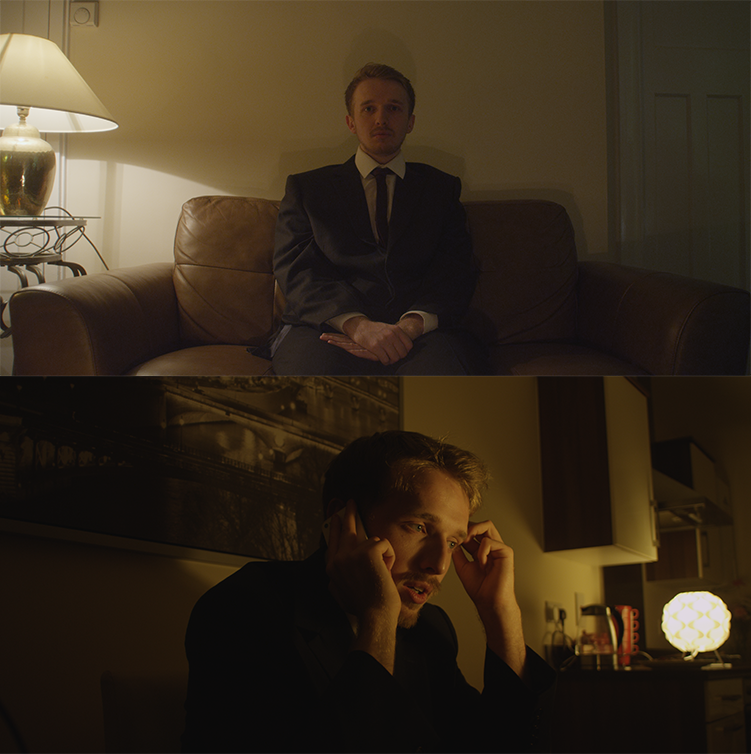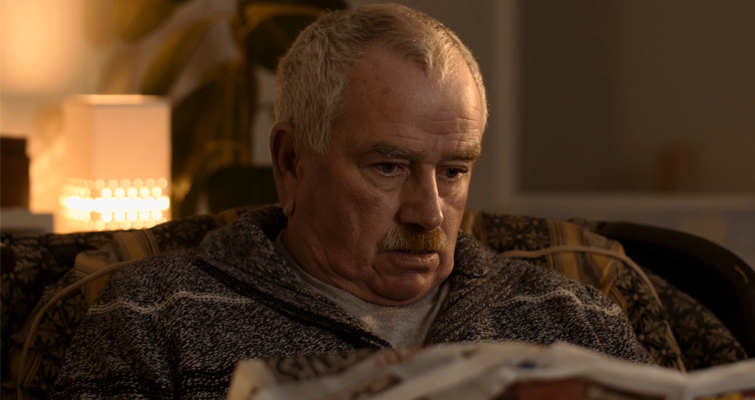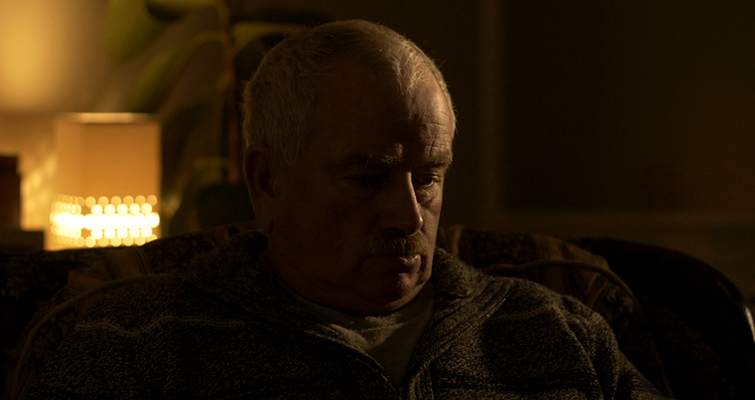
Lighting A Scene Solely With Practicals
Looking to save money on your next project? Learn how to light a scene solely with practical lights for a dramatic (and affordable) look.
A practical light is an actual working light that appears in a scene. This can be a household lamp, a TV, candles, Christmas lights, or any number of other light sources, and in this guide, we will look at lighting an interior scene solely with practical lights — which will cost you no more than $30. This approach is perfect if you’re in a pinch and can’t access your lighting setup or if you are part of a project improvising scenes as you go.
Before we jump fully into the tutorial, let’s have a look at a scene. The scene doesn’t rely only on household practicals, but they feature prominently. I want to emphasize the importance of three-dimensional space when solely using practical lighting because, as I said, they’re not ideal for fully illuminating an actor like a Fresnel kit or something similar.
However, when you can separate layers of the composition with practical lighting, it can create a much more interesting dynamic. At the top of the previous image, we see flat space — there is essentially just one surface plane. The shot wasn’t coming together, but we didn’t have the space to bring the sofa forward make it work in this room. Therefore, we moved this shot into the kitchen, as you can see in the bottom image, where we created compositional depth along the z-axis. The result is much more aesthetically pleasing, and the household lights work great.
This is crucial when you’re lighting solely with practicals. Give the image breathing room, and your final lighting setup will improve. In the perfect circumstance with proper lights, we would aim for something like the following:
We have a 1×1 softbox behind us, a very small Fresnel just off to the side, and a practical in the background. This is how you can make the best use of a practical light. If we wanted to enhance the mood, we could remove the softbox light, and just keep the Fresnel as our key.
The difference between the Fresnel and household lamp as our key light is that because it’s a hard light, the Fresnel creates a much more defined texture, which I think works better than the soft light from the lamp. We could, in theory, remove the lamp shade and create a hard light, but we would have no way to control the intensity without proper film tools, and this is a tutorial on how to light without them.
I’m going to use just three household lamps. If you have a directional lamp, that can helps direct light to a particular area.
Since practical lighting isn’t going to give you the full range of illumination that any working film light would give you, you want to work within your limitations. This is such an important tip. Work with shadows, don’t try to light the entire scene, and don’t turn on the room’s main lights. You want to remove as much light as possible instead of adding to it. There’s only going to be so much leeway with a practical light until the image turns nasty and starts to look like a home video.
So, we’re going to work with a low-key, chiaroscuro lighting setup. We have a lamp to the left of the subject, which will be our key.
Then, we will position our second practical lamp in the background for some background lighting. The cut-outs in the lampshade also lend texture to the wall.
Then, we will use a non-diffused lamp to create a rim light, which will look as if it’s coming from the background practical. This separates our actor from the background.
To see the final result, check out the video tutorial above.
The key points to remember when lighting a scene solely with practical lamps.
- Work with your limitations, and don’t try to overextend.
- Move away from flat space to make your image more aesthetically pleasing.
- Work in a low-key setup — don’t try to illuminate the entire set with practicals.
- Try to work with practicals that share a similar color temperature.
Do you know other practical lighting tips? Let us know in the comments.











